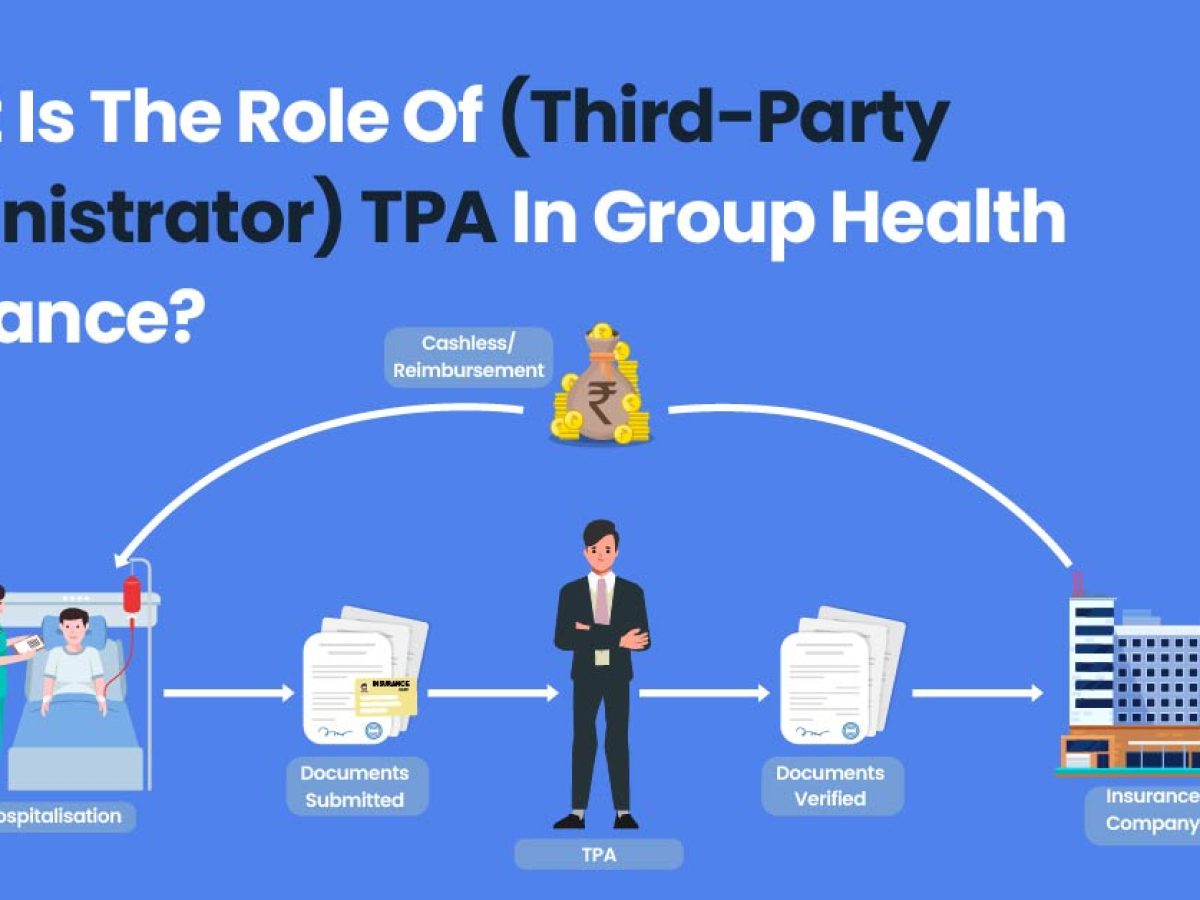Facts About Pacific Prime Revealed
Facts About Pacific Prime Revealed
Blog Article
Pacific Prime Can Be Fun For Anyone
Table of ContentsExcitement About Pacific PrimeFacts About Pacific Prime UncoveredPacific Prime - TruthsPacific Prime Can Be Fun For EveryoneThe 8-Minute Rule for Pacific Prime

This is since the information were gathered for a period of solid financial performance. Of the estimated 42 million people that were without insurance, just about regarding 420,000 (concerning 1 percent) were under 65 years old, the age at which most Americans become eligible for Medicare; 32 million were grownups between ages 18 and 65, around 19 percent of all adults in this age group; and 10 million were youngsters under 18 years of age, concerning 13.9 percent of all children (Mills, 2000).
These quotes of the variety of persons without insurance are created from the annual March Supplement to the Current Populace Survey (CPS), conducted by the Census Bureau. Unless otherwise kept in mind, national price quotes of individuals without medical insurance and proportions of the population with various sort of coverage are based on the CPS, one of the most commonly utilized resource of price quotes of insurance policy protection and uninsurance prices.
The Definitive Guide to Pacific Prime

Still, the CPS is specifically helpful due to the fact that it produces yearly price quotes reasonably quickly, reporting the previous year's insurance coverage approximates each September, and since it is the basis for a consistent set of quotes for even more than twenty years, permitting analysis of fads in coverage gradually. For these factors, along with the extensive usage of the CPS in various other studies of insurance policy protection that exist in this report, we depend on CPS price quotes, with restrictions noted.

The quote of the number of without insurance individuals increases when a population's insurance condition is tracked for several years. Over a three-year duration beginning early in 1993, 72 million individuals, 29 percent of the united state populace, were without coverage for at least one month. Within a single year (1994 ), 53 million people experienced a minimum of a month without coverage (Bennefield, 1998a)
Six out of every 10 without insurance adults are themselves employed. Although functioning does boost the chance that a person and one's relative will certainly have insurance coverage, it is not a guarantee. Even participants of households with 2 full-time breadwinner have almost a one-in-ten opportunity of being uninsured (9.1 percent without insurance price) (Hoffman and Pohl, 2000).
Some Known Questions About Pacific Prime.
New immigrants make up a considerable percentage of individuals without medical insurance. One analysis has actually connected a considerable part of the current development in the size of the U.S. without insurance populace to immigrants who arrived in the country between 1994 and 1998 (Camarota and Edwards, 2000). Recent immigrants (those that involved the United States within the past four years) do have a high rate of being uninsured (46 percent), however they and their kids represent simply 6 percent of those without insurance policy country wide (Holahan et al., 2001).
The partnership in between health insurance policy and access to care is well established, as recorded later on in this chapter. Although the connection in between medical insurance and health and wellness results is neither direct neither basic, a comprehensive medical and health services study literary works web links medical insurance protection to enhanced access to care, better quality, and improved individual and populace health and wellness condition.
Degrees of go to my blog analysis for analyzing the effects of uninsurance. This conversation of medical insurance protection focuses mainly on the united state population under age 65 because virtually all Americans 65 and older have Medicare or various other public insurance coverage. It focuses especially on those without any health and wellness insurance for any kind of length of time.
Pacific Prime Can Be Fun For Everyone
The issues faced by the underinsured are in some areas comparable to those encountered by the without insurance, although they are generally less serious. Health insurance coverage, nonetheless, is neither essential nor enough to gain access to medical solutions. The independent and direct effect of health and wellness insurance policy protection on access to wellness solutions is well developed.
Others will get the healthcare they need even without medical insurance, by spending for it expense or seeking it from carriers who offer treatment complimentary or at extremely subsidized rates. For still others, wellness insurance alone does not make certain receipt of treatment due to other nonfinancial obstacles, such as an absence of healthcare suppliers in their area, minimal accessibility to transport, illiteracy, or etymological and social differences.
What Does Pacific Prime Mean?
Formal study about uninsured populations in the United States dates to the late 1920s and early 1930s when the Board on the Cost of Medical Care produced a series of reports concerning financing physician office sees and hospitalizations. This problem ended up being significant as the numbers of medically indigent climbed throughout the Great Depression.
Report this page